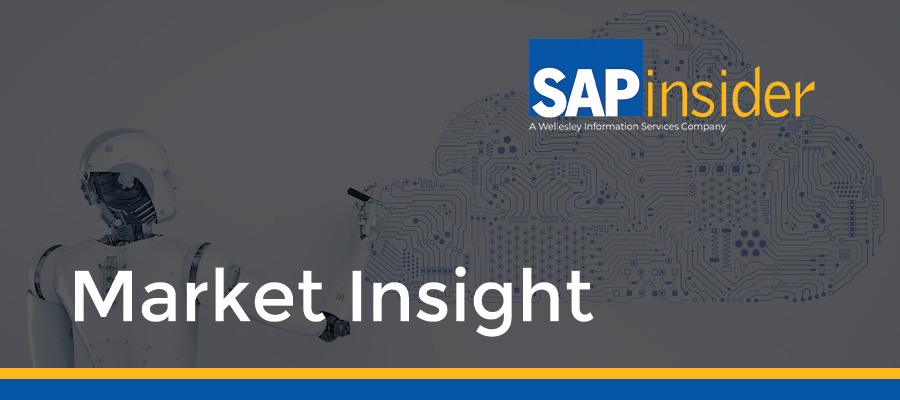Artificial Intelligence: Expansion, Adoption, and the Value for Business Intelligence
According to Mark Cuban, “The world’s first trillionaires are going to come from somebody who masters AI.” And as we continue to encounter stories and predictions about AI, we’re seeing how it will fundamentally change a variety of industries on an almost day-to-day basis. The challenge, however, lies in effectively explaining what this type of technology can do to improve job functions. The lack of articulating the concept of AI (in this case) is typical of any hype cycle; but, the truth is that implementing systems to make dynamic and complex decisions as a way to displace humans is way off from mainstream adoption.
As we move further into 2017, we will start to see the hype die down and broader adoption of AI-based solutions within organizations — particularly in data analysis and deriving insight from that data. Here are some of the trends we’ll start to see in the coming months:
The expansion of AI. We’ve seen and heard a lot of speculation about the industries that will benefit the most from AI, and we’ll continue to see improvements as more and more companies adopt the technology and more of the workforce interacts with AI-based solutions. Going far beyond the basic keyword search functions most people are familiar with, AI can be taught the nature of words and sentences and string together concepts and gists within the text. It will then present the information to business users, not just highly trained data scientists, in a format suitable for them to understand. In understanding the contents of extremely large numbers of documents, AI can take a huge workload off human reviewers and help them do their jobs faster and more efficiently.
M&A activity will rebound with a record year. Last year was a disappointing year for mergers and acquisitions. Between the broken deals with Allergan and Pfizer, Halliburton and Baker Hughes, and many more, investors and companies alike were starting to panic about the future of the economy. This year, things will quickly change and we’ll be on the rebound with a record M&A year. According to a new Deloitte report, 86% of private equity and 71% of corporate dealmakers are expecting to close more deals in the next twelve months. The confidence in M&A success is rising, and the factors that once made people feel uncomfortable in 2016 will translate into motivation, propelling them into a busy 2017. Contract intelligence solutions can help to alleviate some of the challenges M&A brings. By gaining a much stronger insight into the contract portfolios of companies they are targeting for acquisition in the due diligence phase, they dramatically reduce the risk and liabilities they may be acquiring.
Contracts will be the true source of business intelligence. Right now, businesses spend a lot of resources extracting insight from structured data. While the current big data solutions process a plethora of data, they don’t process the data buried in unstructured documents. Luckily there are solutions that analyze data from large quantities of documents and provide valuable insight that can be used for effective decision making, which is important when it comes to contracts. Instead of legal teams reviewing contracts to ensure an organization is complying with the law or with new or changing regulations, contracts will be seen as a valuable new source of business intelligence. They contain commercial terms, payment terms, incentives, obligations, liabilities, risk, and are rich with information that can be used by procurement, sales, legal, M&A, regulatory, facilities, and other parts of the company to create a higher performance organization.
Solutions that bring together structured and unstructured data are being created to provide new views into businesses that were not previously possible, thus allowing contracts to be appreciated as a new and untapped source of business intelligence that a new generation of technology can mine in a very intuitive and cost-effective way.







